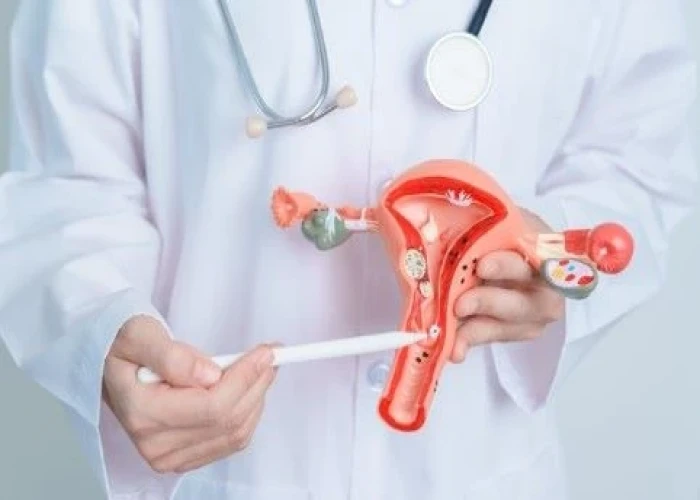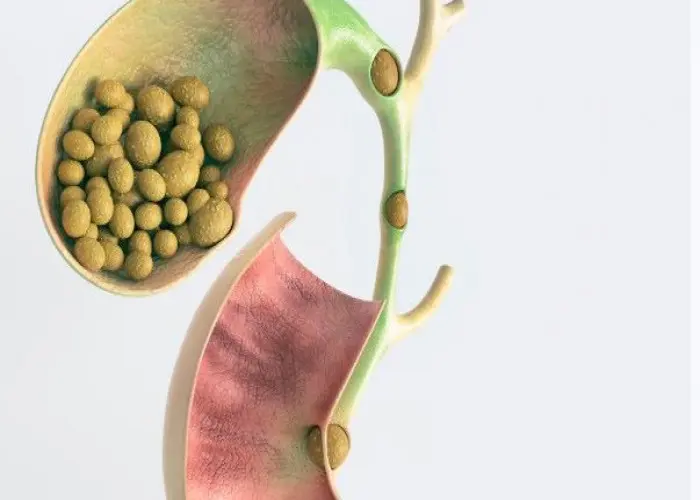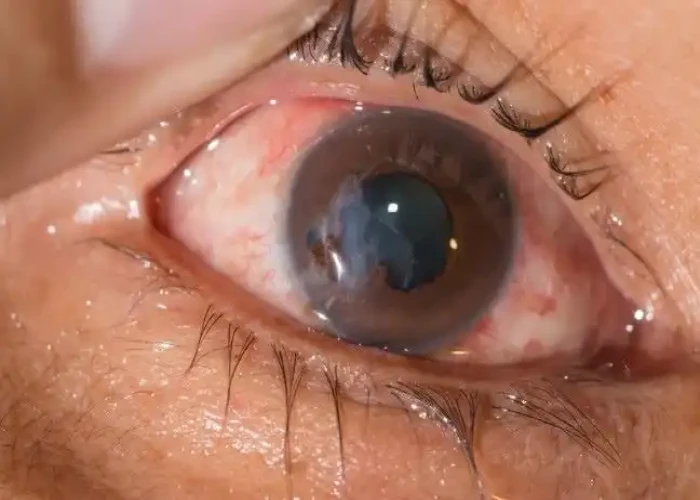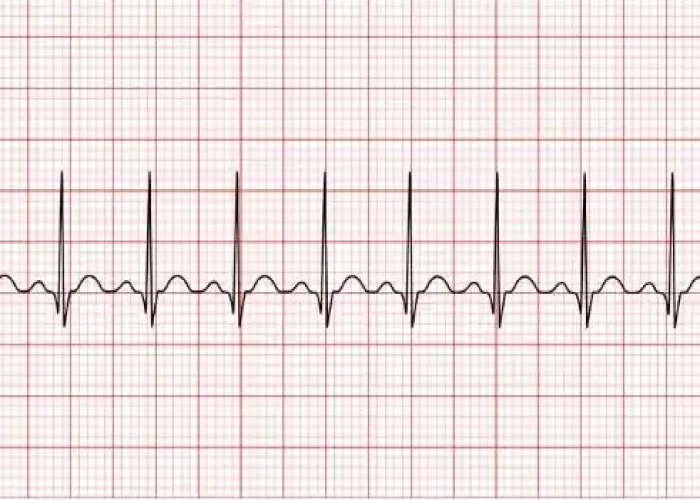 Welcome
Welcome
“May all be happy, may all be healed, may all be at peace and may no one ever suffer."
Tachycardia

Tachycardia is a condition characterized by a faster-than-normal heart rate. In adults, a heart rate of more than 100 beats per minute is generally considered to be tachycardia, although the threshold for what is considered too fast may vary depending on age, fitness level, and other factors.
There are several types of tachycardia, including:
- Sinus tachycardia: a faster-than-normal heart rate that originates in the sinoatrial (SA) node, the heart's natural pacemaker. Sinus tachycardia is a normal response to exercise, stress, or other triggers, but may also be a sign of an underlying medical condition.
- Supraventricular tachycardia (SVT): a type of tachycardia that originates above the ventricles of the heart, usually in the atria. SVT may be caused by an abnormal electrical pathway in the heart or may occur without a known cause.
- Atrial fibrillation: a common type of irregular heart rhythm characterized by rapid, chaotic electrical impulses in the atria.
- Ventricular tachycardia: a type of tachycardia that originates in the ventricles of the heart, rather than the atria. Ventricular tachycardia can be a life-threatening condition, especially if it persists for more than a few seconds.
The symptoms of tachycardia can vary depending on the type and severity of the condition, but may include palpitations, shortness of breath, chest pain, dizziness, or fainting. Treatment options for tachycardia may include medications to slow the heart rate or correct the underlying cause of the condition, as well as procedures such as catheter ablation or cardioversion to restore a normal heart rhythm.
Research Papers
Disease Signs and Symptoms
- Rapid fluttering heartbeats (palpitations)
- Irregular heartbeats (arrhythmia)
- Chest pain
- Fainting (syncope)
- Dizziness, lightheadedness or faintness
- Shortness of breath (dyspnea)
- Heart palpitations a racing, uncomfortable or irregular heartbeat or a sensation of "flopping" in the chest
Disease Causes
Tachycardia
Tachycardia is an increased heart rate for any reason. It can be a usual rise in heart rate caused by exercise or a stress response (sinus tachycardia). Sinus tachycardia is considered a symptom, not a disease.
Tachycardia can also be caused by an irregular heart rhythm (arrhythmia).
Things that may lead to tachycardia include:
- Fever
- Heavy alcohol use or alcohol withdrawal
- High levels of caffeine
- High or low blood pressure
- Imbalance of substances in the blood called electrolytes — such as potassium, sodium, calcium and magnesium
- Medication side effects
- Overactive thyroid (hyperthyroidism)
- Reduced volume of red blood cells (anemia), often caused by bleeding
- Smoking
- Use of illegal drugs, including stimulants such as cocaine or methamphetamine
Sometimes the exact cause of tachycardia can't be determined.
How does the heart beat?
To understand the cause of tachycardia, it may be helpful to know how the heart typically works.
The heart is made of four chambers — two upper chambers (atria) and two lower chambers (ventricles).
The heart's rhythm is controlled by a natural pacemaker (the sinus node) in the right upper chamber (atrium). The sinus node sends electrical signals that normally start each heartbeat. These electrical signals move across the atria, causing the heart muscles to squeeze (contract) and pump blood into the ventricles.
Next, the signals arrive at a cluster of cells called the AV node, where they slow down. This slight delay allows the ventricles to fill with blood. When the electrical signals reach the ventricles, the chambers contract and pump blood to the lungs or to the rest of the body.
In a typical heart, this heart signaling process usually goes smoothly, resulting in a resting heart rate of 60 to 100 beats a minute.
Disease Prevents
Tachycardia
The best ways to prevent tachycardia are to maintain a healthy heart and prevent heart disease. If you already have heart disease, monitor it and follow your treatment plan. Be sure you understand your treatment plan, and take all medications as prescribed.
Lifestyle changes to reduce the risk of heart disease may help prevent heart arrhythmias that can cause tachycardia. Take the following steps:
- Eat a healthy diet. Choose a diet rich in whole grains, lean meat, low-fat dairy, and fruits and vegetables. Limit salt, sugar, alcohol, and saturated fat and trans fats.
- Exercise regularly. Try to exercise for at least 30 minutes on most days.
- Maintain a healthy weight. Being overweight increases the risk of developing heart disease.
- Keep blood pressure and cholesterol levels under control. Make lifestyle changes and take medications as prescribed to control high blood pressure (hypertension) or high cholesterol.
- Stop smoking. If you smoke and can't quit on your own, talk to your health care provider about strategies or programs to help break the smoking habit.
- Drink in moderation. If you choose to drink alcohol, do so in moderation. For healthy adults, that means up to one drink a day for women and up to two drinks a day for men. For some health conditions, it's recommended that you completely avoid alcohol. Ask your health care provider for advice specific to your condition.
- Don't use illegal drugs or stimulants, such as cocaine. Talk to your health care provider about an appropriate program for you if you need help ending illegal drug use.
- Use medications with caution. Some cold and cough medications contain stimulants that may trigger a rapid heartbeat. Ask your health care provider which medications you need to avoid.
- Limit caffeine. If you drink caffeinated beverages, do so in moderation (no more than one to two beverages daily).
- Manage stress. Find ways to help reduce emotional stress. Getting more exercise, practicing mindfulness and connecting with others in support groups are some ways to reduce stress.
- Go to scheduled checkups. Have regular physical exams and report any changes in your heartbeat to your health care provider. If your symptoms change or get worse or you develop new ones, tell your health care provider immediately.
Disease Treatments
The goals of tachycardia treatment are to slow a rapid heartbeat when it occurs and to prevent future episodes of a fast heart rate.
If another medical condition is causing tachycardia, treating the underlying problem may reduce or prevent episodes of a fast heartbeat.
Slowing a fast heart rate
A fast heart rate may correct itself. But sometimes medication or other medical treatments are needed to slow down the heartbeat.
Ways to slow a fast heart rate include:
- Vagal maneuvers. Vagal maneuvers include coughing, bearing down as if having a bowel movement and putting an ice pack on the face. Your health care provider may ask you to perform these specific actions during an episode of a fast heartbeat. These actions affect the vagus nerve, which helps control the heartbeat.
- Medications. If vagal maneuvers don't stop the fast heartbeat, medication may be needed to restore the heart rhythm.
- Cardioversion. This medical procedure is usually done by sending electric shocks to the heart through sensors (electrodes) placed on the chest. The shock affects the heart's electrical signals and restores a normal heartbeat. Cardioversion is generally used when emergency care is needed or when vagal maneuvers and medications don't work. It's also possible to do cardioversion with medications.
Preventing future episodes of a fast heart rate
The treatment of tachycardia involves taking steps to prevent the heart from beating too fast. This may involve medication, implanted devices, or other surgeries or procedures.
- Medications. Drugs to control the heart rate and restore a normal heart rhythm are typically prescribed for most people with tachycardia.
- Catheter ablation. In this procedure, a health care provider threads one or more thin, flexible tubes (catheters) through an artery, usually in the groin, and guides them to the heart. Sensors (electrodes) on the tip of the catheter use heat or cold energy to create tiny scars in the heart to block irregular electrical signals and restore the heart rhythm. It's often done when an extra signaling pathway is responsible for an increased heart rate.
- Catheter ablation doesn't require surgery to access the heart, but it may be done at the same time as other heart surgeries.
- Pacemaker. A pacemaker is a small device that's surgically implanted under the skin in the chest area. When the device senses an irregular heartbeat, it sends an electrical pulse that helps the heart resume the correct rhythm.
- Implantable cardioverter-defibrillator (ICD). Your health care provider may recommend this device if you're at high risk of developing ventricular tachycardia or ventricular fibrillation.
- An ICD is a battery-powered unit that's implanted under the skin near the collarbone — similar to a pacemaker. The ICD continuously monitors the heart rhythm. If the device detects an irregular heartbeat, it sends out low- or high-energy shocks to reset the heart's rhythm.
- Maze procedure. In this procedure, a surgeon makes tiny incisions in the upper half of the heart (atria) to create a pattern (or maze) of scar tissue. The heart's signals can't pass through scar tissue. So the maze can block stray electrical heart signals that cause some types of tachycardia.
- Surgery. Sometimes open-heart surgery may be needed to destroy an extra electrical pathway causing tachycardia. Surgery is usually done only when other treatment options don't work or when surgery is needed to treat another heart disorder.
Disease Diagnoses
Disease Allopathic Generics
Disease Ayurvedic Generics
Disease Homeopathic Generics
- Pulsatilla
-
Crataegus
Q power 10 drops level 4 times.
-
Digitalis purpurea
6, 30, 200 power.
-
Strophanthus hispidus
Q, 6X power.
-
Naja tripudians
6, 30 strength.
Disease yoga
Tachycardia and Learn More about Diseases

Perimenopause

Glioma

Gallstones

Typhoid fever

Traumtic eye

Asthma attack

High blood pressure (hypertension)

Tension headache
Tachycardia, টাকিকার্ডিয়া
To be happy, beautiful, healthy, wealthy, hale and long-lived stay with DM3S.
